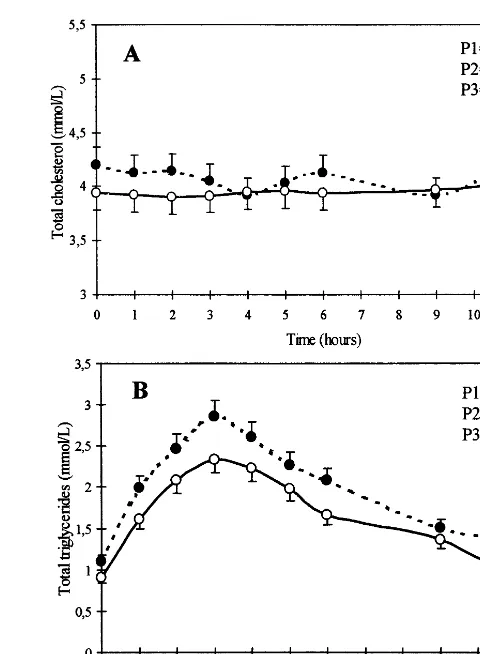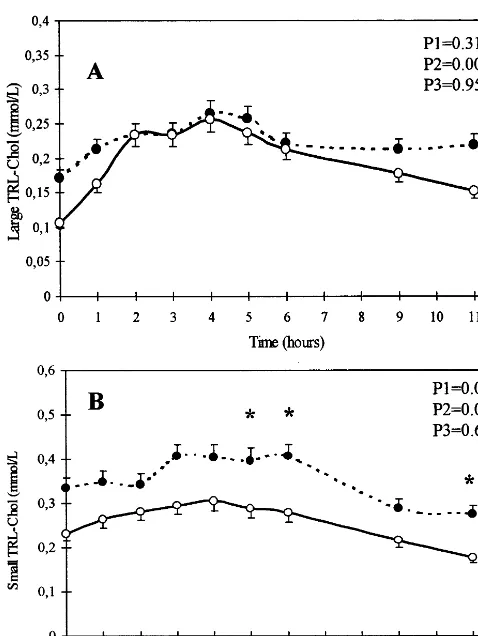Directory UMM :Data Elmu:jurnal:A:Atherosclerosis:Vol153.Issue1.Nov2000:
Teks penuh
Gambar




Dokumen terkait
In Sections 5±7, the theory will be applied to obtain expressions for Ne for random mating dioecious populations, monoecious populations reproducing partly by sel®ng, and
We present a new prior and corresponding algorithm for Bayesian analysis of the multinomial probit model.. Our new approach places a prior directly on the identi"ed
For example, inhibition of NOS specific stripes that occurs in the optic tectum of three- does not block the formation of ocular dominance columns eyed frogs [124] even though NOS
Conse- The reason for this behavior is that spike trains produced quently, stimuli that are restricted to the receptive field by an integrate-and-fire neuron (and more realistic
However a number of questions still need to be that during activation, glutamate uptake into astrocytes addressed; in particular the different time constants for leads to
Relationships between sapwood area (m 2 ) and tree basal diameter (m) for cottonwood and willow are shown in Fig. 6 mm per day in young forest.. fremontii ) located on primary
Fig. Simulation study of the sensitivity of the C T 2 -profile method to the respective locations of the scintillometers. The RMSE is obviously larger for important instrumental
For each synoptic measurement period, the stand level C/W transpiration [LT − 1 ] (2238 trees) in the Lewis Springs intensive study reach was derived by dividing the transpiration
